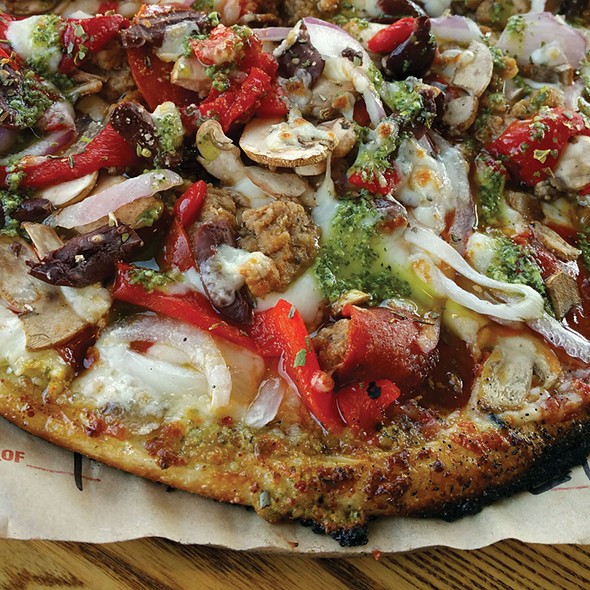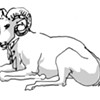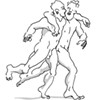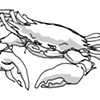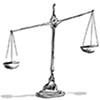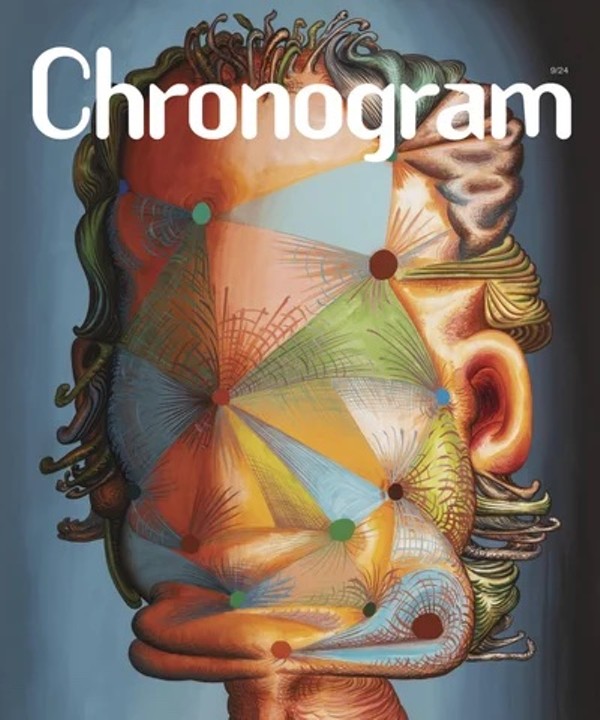It's been 11 years since I wrote my first gluten-free piece for Chronogram, called "Hold the Bread on that Sandwich Please." As usual, we were way ahead of the wave. Gluten-free was an obscure topic in 2006. It's now a bona fide trend. In fact, it's become an industry. It's become a controversy.
And it's also become a joke: such as the person who goes to great lengths to make sure that their dinner is absolutely, entirely free from a single molecule of gluten, only to order the ordinary crumb cake for dessert. In case you're one of those people, please stop. You're free to inflame your cells, mess up your immune system, be an emotional mess, and strip your upper intestine of its ability to absorb nutrients. But you have no right to make life more difficult for anyone else, or cast the rest of us as phonies.
If you own a restaurant, or work as a server or prepare food, thanks for putting up with these people. There are actually those among us who need to keep gluten out of our bodies, or else we can have serious problems—long-term and immediate.
Here's the thing to remember: Being wheat-free may not seem like a big deal to you. But to someone who is honoring this diet, the whole universe of prepared foods becomes hostile: It's literally toxic.
Sharing food is an important aspect of social life. The feeling that gluten-sensitive people have, particularly those with celiac, is that of being excluded and left to starve. Everyone else can enjoy things that you cannot, and this is happening all the time. It's so bad that I've often had to eat before dinner, if I have a hunch that the only thing gluten-free will be the celery. Yes, I will literally eat dinner before going to a dinner party. If I can get to the person preparing the food, usually they're happy to help, though this is not always possible.
If I'm traveling, I'll make sure I have some gluten-free snacks in my bag. Gluten-free people cannot "grab a slice" or "run out for a sandwich." Rather, we have to map out the neighborhood, do research, and gain experience in order to be able to eat more or less normally. Note that in 2017, we have many more options available. There was a day when the only gluten-free stuff was Rice Krispies and these things called Rice Wafers, which made matzo seem like a delicacy. Today, even many ordinary supermarkets have hundreds of products that are certified gluten-free.
I was diagnosed with celiac when I was one-year-old, in April 1965. My life was saved by my Grandma Mary, and by Dr. Benjamin Spock, whose book,Baby and Child Care warned of a celiac problem known of for hundreds of years. The treatment is to stop feeding the kid wheat, barley, and rye—grains (which I will call wheat products for the purposes of this article) that contain a protein people with celiac cannot process. For an excellent introduction to the science behind this, visit Planetwaves.net/gluten.
There are no drugs to treat celiac; and if there were any, I would not be interested. This is a condition that's entirely manageable using diet, which means knowledge and discipline. There are also lower-grade gluten sensitivities, which do not fit the definition of celiac. Others are experimenting with going off of gluten, which is a worthy goal. Gluten serves no productive nutritional purpose.
It's either a contaminant, or used for aesthetic purposes; that is, to make a pastry feel and taste like a pastry, or to put the crunch into the crispy. As you get gluten out of your diet, you'll start to figure out the difference between a need and a want. Another is how wheat, particularly low-quality, hybridized wheat, infiltrates our entire food system.
Getting the wheat out is not about making a dietary change. Rather, it's about getting an understanding of food, lifestyle, and where the two meet. You will learn how to scrutinize a menu or food package. When you're eating in a restaurant, you might find yourself playing a game of deducing the one thing on the menu you can eat. When reading a package, there's an easy way to know for sure that something contains gluten: if the ingredient list is too long. You don't need to read the long lists; you can assume they have gluten. When the ingredients are a few lines, read carefully and you may discover that they left it out.







